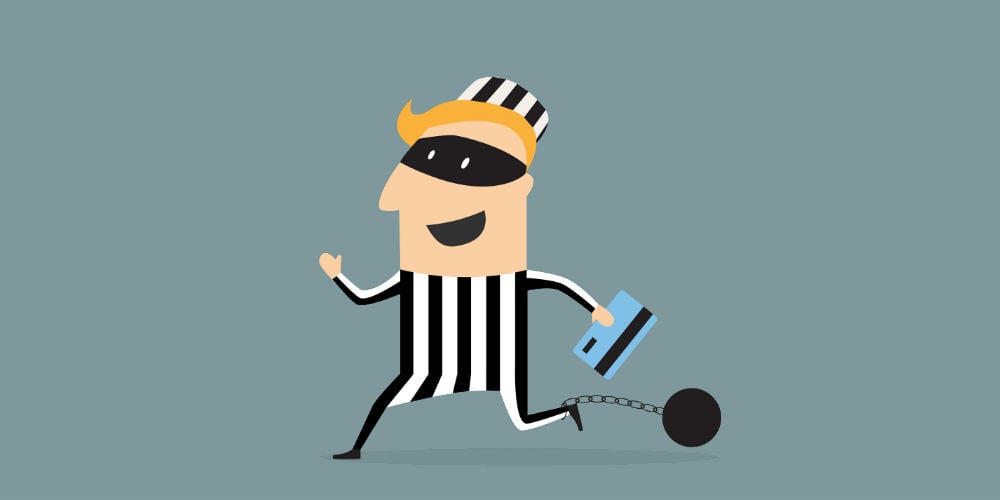One of the most interesting things about credit card theft is that every single purchase is traceable. It is not like stealing a wad of cash, you haven’t gotten away after the initial theft. You would think it would be easy to track down a thief who uses a card, but these fraudsters are a bit smarter than you give them credit for. Now, just how are some thieves able to stay active and out of jail for so long?
They create a duplicate of your card
Online fraudsters can buy stolen information from $5 to $50 depending on the origin. After that some are able to manufacture a genuine-looking credit card from blanks, program the magnetic strips to effectively create a replica of the card that you still have in your possession. With that card and some cool nerves, they are able to use that duplicate to buy merchandise at any store. Many fraudsters turn around and resell those good online for a cash profit, then dispose of the duplicate cards.
They use freight forwarders or shipping mules
Buying goods in person like the above is risky, but not nearly as risky as having stolen goods delivered directly to their homes. That is why a network of re-shippers exist to keep stolen goods on the move. A package is bought and shipped to someone who in many cases thinks that they have a legitimate job unboxing and repackaging goods with a new forwarding address. If the authorities follow up on any accounts it will only lead them to the shipping mules, weeks after the fraudsters have cut ties and moved on to a new mule.
Triangulation fraud
This is one of the most common and simplest types of fraud that is currently happening at this level. Mostly because it is not only simple, but safe for the fraudsters. They start by setting up a reseller account on eBay or Amazon and post ads to sell legitimate goods. When a customer buys an item from them on these sites, the money goes into their personal account. Then they take that order information to another retailer which sells the same item, buy the item using stolen credit card data, and has it shipped to the address on the original customer that is expecting it. If the authorities follow up, they head to the home of the innocent party as the fraudster makes off with the money.







